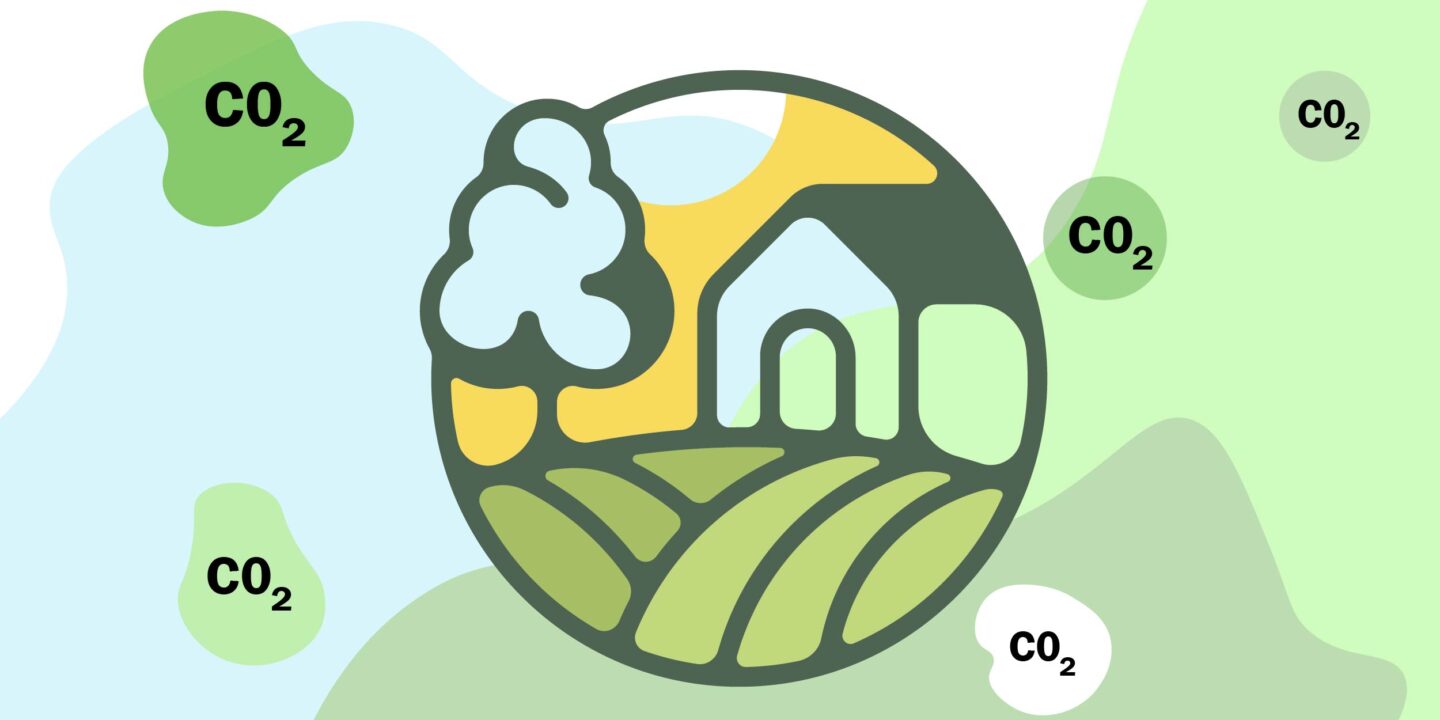

A powerful tool that can help climate change is Carbon Markets. Carbon markets are trading systems in which carbon credits are sold and bought, they turn emission reductions and removals into tradeable assets. One tradable carbon credit equals one tonne of carbon dioxide or the equivalent amount of a different greenhouse gas reduced, sequestered or avoided. These credits are generated by emission reduction projects (for example, a solar farm or a forest conservation easement) or pollution allowances allocated by government cap-and-trade systems. The credits are then sold to buyers, who are usually private companies or governments looking for low-cost ways to reduce emissions or meet a target.
By participating in carbon markets, developing countries can advance their socioeconomic development while transitioning to a low-carbon economy in a cost-effective manner that places a price on carbon, allows for carbon trading, and stimulates new market opportunities for businesses. Countries are beginning to establish voluntary cooperation mechanisms. They are currently learning through practice. Frontrunners include Ghana, Switzerland, Sweden, and, most notably, Japan, which has already demonstrated the viability of international cooperation through its Joint Crediting Mechanism.
There is no country with a greater opportunity for voluntary cooperation than Africa. Africa’s historical contribution to global greenhouse gas emissions is negligible, and it remains much lower today than emissions from developed countries, despite the fact that the continent suffers the most from the effects of climate change. Despite this, many African low-emissions countries have high climate ambitions. Ghana, for example, intends to reduce absolute greenhouse gas emissions by 64 MtCO2e through its Nationally Determined Contribution (NDC) by 2030. This includes an upcoming climate-smart agriculture project supported by UNDP and funded through voluntary carbon cooperation with Switzerland. This project will train over 10,000 rice farmers in sustainable agricultural practices, covering nearly 80% of Ghana’s rice production, resulting in significant methane emission reductions and increased yield, reduced water pumping costs, and improved water use efficiency.
In response to the climate emergency, Namibia’s government aims for net-zero emissions and climate-resilient development. It has committed to a 91% reduction in emissions compared to the Business-as-Usual Scenario, which it hopes to achieve in part by entering carbon markets. To that end, the government is currently developing key components of a carbon market framework.
Building strong data management systems will be a key component of the Namibia carbon market framework, with funding from Japan. Transparency issues such as data fraud, opaque data management systems, and a lack of harmonised data reporting systems have been identified globally as key challenges for effective carbon market implementation. In order to establish an effective MRV system, the entire digital ecosystem of carbon markets must be examined, with the goal of standardising modular elements of the ecosystem and, ultimately, the development of digital carbon assets.
Developing countries, particularly those in Africa, the continent hardest hit by the climate crisis and with the highest levels of poverty, stand to benefit greatly from becoming forerunners in the operationalisation of carbon markets, because only countries that act now and engage in international cooperation will be able to fully benefit from carbon markets during the NDC period until 2030. This is the timeframe within which mitigation outcomes must be generated and implemented, with no option to carry them over to the next NDC period.
Recent Posts
Archives
- June 2025
- May 2025
- April 2025
- March 2025
- February 2025
- January 2025
- December 2024
- November 2024
- April 2024
- March 2024
- January 2024
- December 2023
- November 2023
- October 2023
- September 2023
- August 2023
- July 2023
- June 2023
- May 2023
- April 2023
- March 2023
- February 2023
- January 2023
- December 2022
- November 2022
- October 2022
- September 2022
- August 2022
- July 2022
- June 2022
- May 2022
- April 2022
- March 2022
- February 2022
- January 2021
Categories
Recent Post
Indonesia Exports: Sunny Outlook Despite Coal, US
- June 30, 2025
- 9 min read
Taiwan Exports: Hitting Record Highs in Challenging
- June 30, 2025
- 7 min read
Forecasting a Brighter Outlook for Chile Imports
- May 30, 2025
- 8 min read
All Tags
Agriculture Automotive Brazil Business Business Opportunities Buyers China Coffee Commodities Crops Ecommerce Economic Economy Electronics Energy Environmental Europe Export Exports Future Garments Global Import India Industries International Trade Leads Leads Generation manufacturing Markets Opportunities Pharmaceuticals Prices Rice Russia Supplier Textiles Trade Trade Data Trade Data Pro Turkey Ukraine United States Vietnam Worldwide






